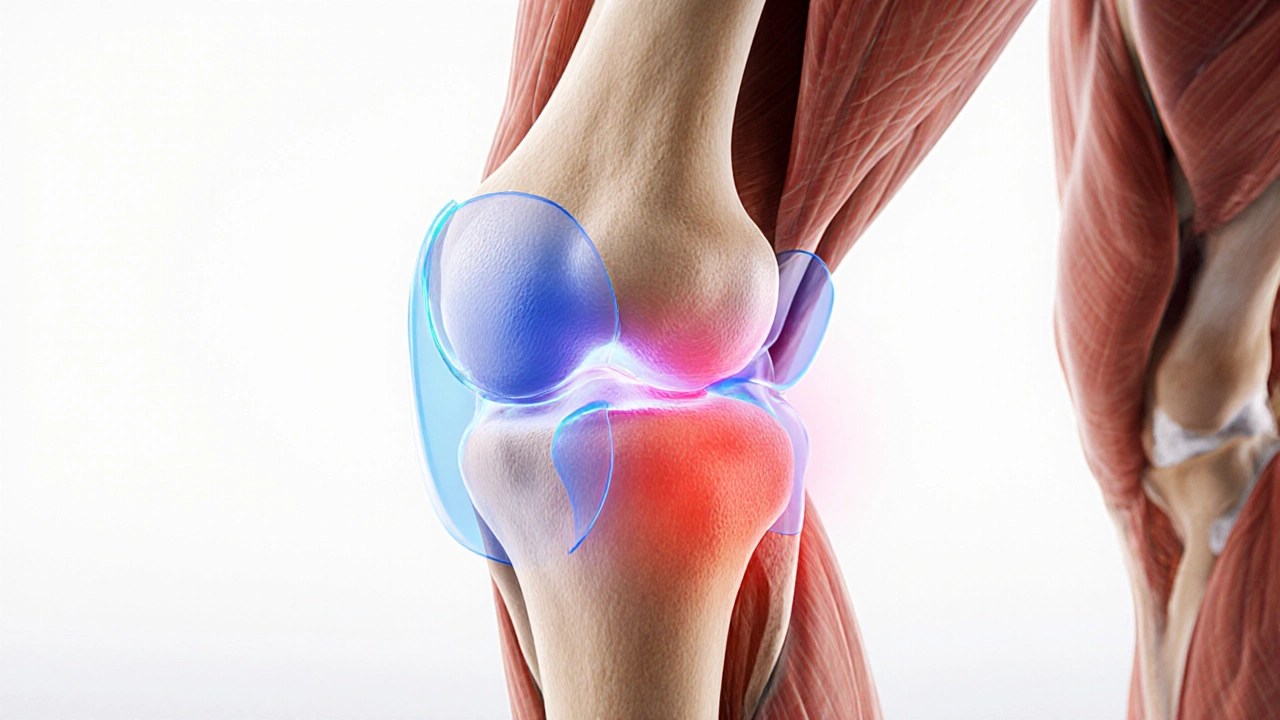Anti-inflammatory Drugs: Types, Uses, and Safety Tips
When working with anti-inflammatory drugs, medications that lower inflammation and ease pain. Also known as anti‑inflammatories, they are essential for managing arthritis, sports injuries, and chronic swelling. Understanding anti-inflammatory drugs helps you choose the right option for your body.
Common Classes and How They Work
The most widely used class is NSAIDs, non‑steroidal anti‑inflammatory drugs that block COX enzymes. By inhibiting COX‑1 and COX‑2, NSAIDs reduce prostaglandin production, which cuts down pain and swelling. Another major group is corticosteroids, hormone‑based drugs that suppress the immune response. Corticosteroids act deeper in the inflammatory cascade, making them powerful for severe flare‑ups. Natural anti‑inflammatories like turmeric and ginger also fit the picture; they target similar pathways but with milder effects, often used alongside conventional meds for joint health.
Inflammation drives pain, so reducing it improves mobility and daily comfort. Whether you’re dealing with knee stiffness, back ache, or post‑surgery swelling, the right anti‑inflammatory strategy can speed recovery. Below you’ll find articles that break down dosing, side‑effects, and practical tips for each of these drug families, helping you stay informed and safe while managing your symptoms.






